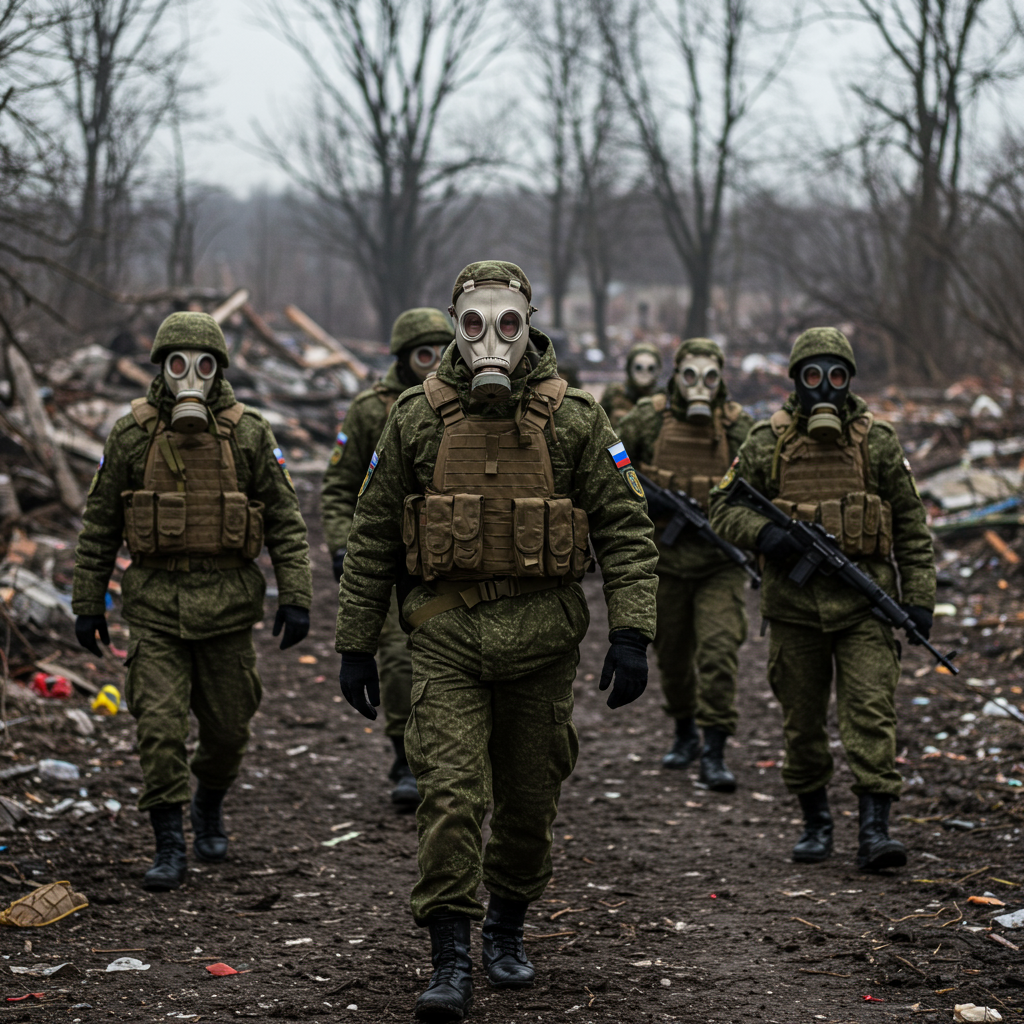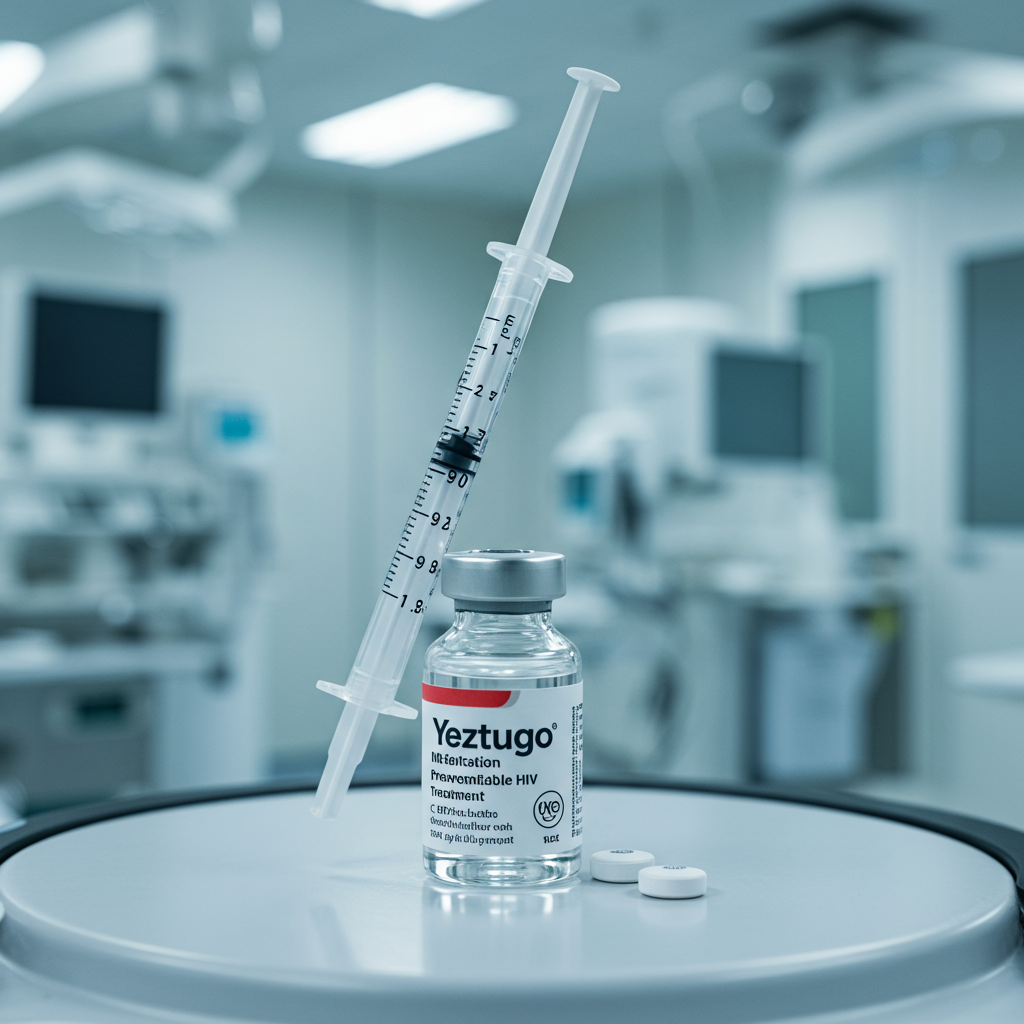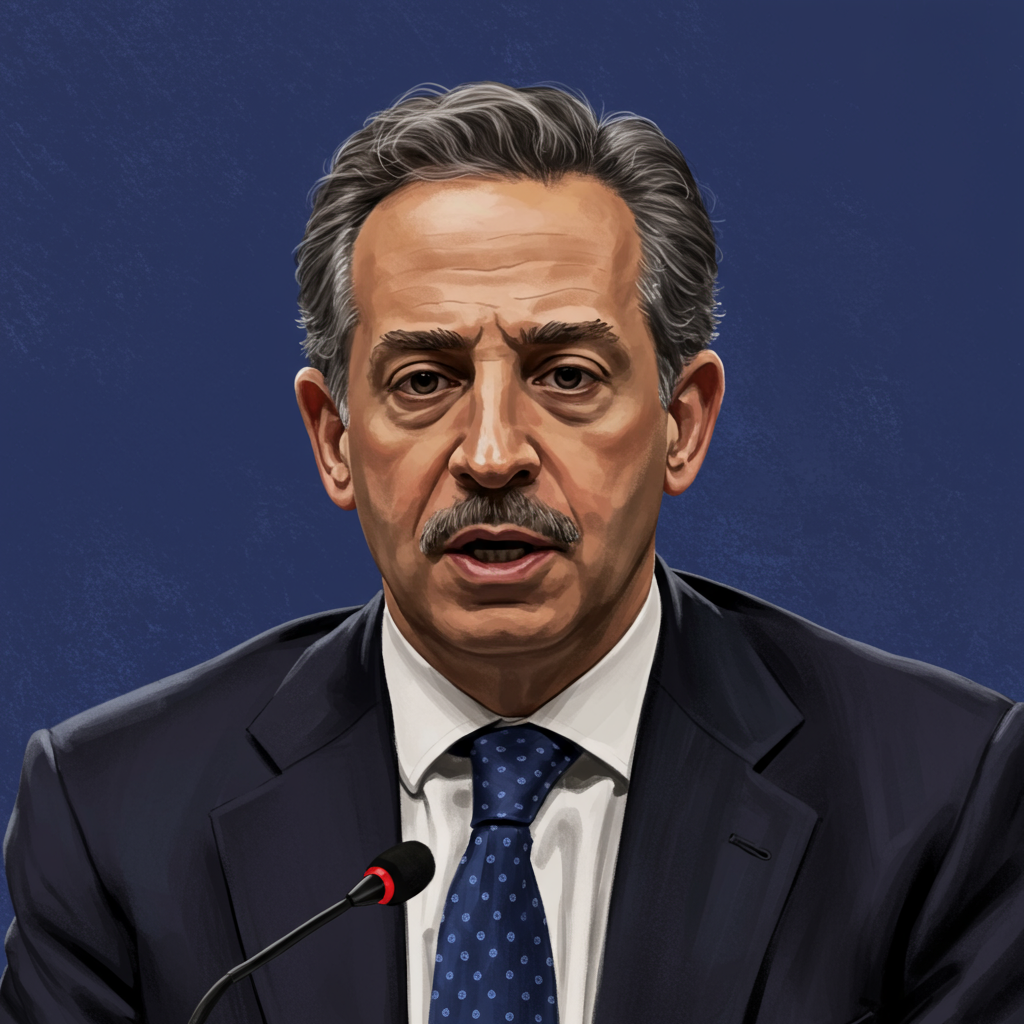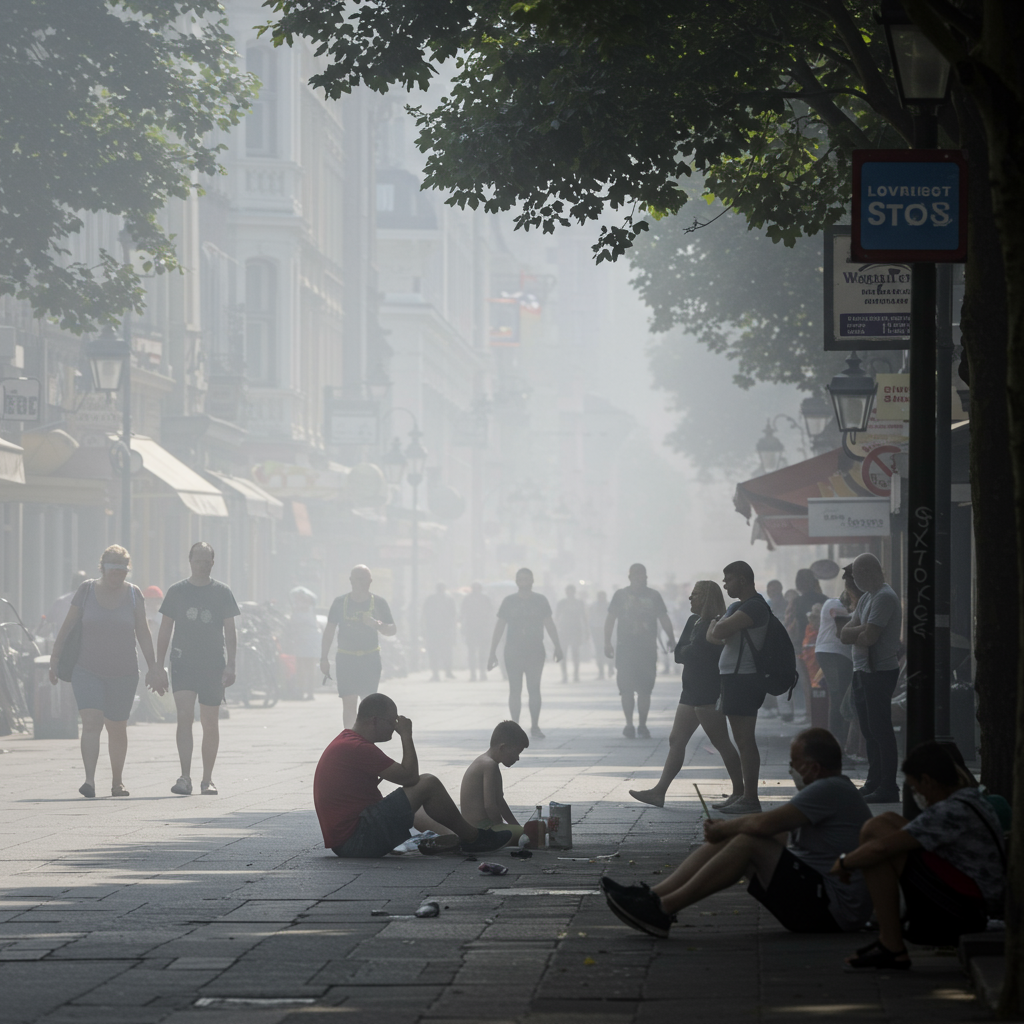Breaking reports from leading European intelligence agencies reveal Russia has significantly escalated its deployment of banned chemical weapons in Ukraine. This concerning development includes the use of WWI-era poison gas, a tactic three separate European intelligence services describe as now “standardized and commonplace” within Russian military operations on the front lines.
Intelligence gathered by two Dutch agencies – the Netherlands’ military intelligence service (MIVD) and general security service (AIVD) – along with Germany’s intelligence service (BND), paints a grim picture. Their joint findings indicate a deliberate and routine adoption of prohibited chemical agents by Russian forces operating against Ukrainian defenders. This isn’t an isolated incident; analysts suggest it represents a troubling shift in tactics.
Allegations of Prohibited Chemical Tactics
The intelligence reports specify the use of two primary agents: chloropicrin and CS gas. Chloropicrin is a chemical substance known for its use as a poison gas during World War I. CS gas is widely known as a riot control agent, often used by police for crowd dispersal. While CS gas is permitted for law enforcement, its use as a method of warfare is strictly prohibited under international conventions.
According to the intelligence findings, the Russian military employs a specific and disturbing method. Drones are allegedly used to deliver these chemical agents, dropping them onto positions where Ukrainian soldiers are sheltering. The purpose is not necessarily to cause immediate fatalities solely through the chemicals but to force the soldiers out of their protected trenches and bunkers into the open. Once exposed and disoriented by the gas, they become vulnerable targets for conventional attacks, where they are then reportedly shot. This tactic highlights a calculated strategy to overcome defensive fortifications using illegal means.
Violation of International Law and Global Concern
The use of chloropicrin and CS gas as weapons is a clear violation of the Chemical Weapons Convention (CWC). Russia is a state party to this international treaty, which comprehensively bans the development, production, stockpiling, and use of chemical weapons. The CWC is the cornerstone of global efforts to eliminate chemical warfare.
Dutch Defense Minister Ruben Brekelmans voiced deep alarm following the intelligence findings. He publicly called for stronger sanctions against Moscow in response to these actions. He also emphasized the continued critical need for military support for Kyiv as it defends against the ongoing invasion. Minister Brekelmans specifically highlighted the use of drones to deliver chloropicrin onto trenches, driving out soldiers to be killed.
Brekelmans warned sternly against the potential normalization of chemical weapon use in warfare. He stated that allowing the threshold for using such banned substances to be lowered poses a significant risk. This danger extends far beyond Ukraine’s borders, potentially impacting the security of Europe and the wider world. He characterized Russia’s alleged deployment of large-scale chemical agents as once again exposing its “evil face,” underscoring the moral and strategic gravity of the situation.
The Role of the OPCW and Investigation Challenges
The Organization for the Prohibition of Chemical Weapons (OPCW) serves as the implementing body for the Chemical Weapons Convention. Its mandate includes verifying compliance and investigating alleged uses of chemical weapons. The OPCW has previously acknowledged discovering several incidents in Ukraine involving CS gas.
However, conducting a full, formal investigation into alleged chemical weapon use requires a request from a member state. As of the reports, a comprehensive, official OPCW investigation into these latest, more extensive allegations had not yet occurred. The OPCW’s executive committee was scheduled to hold a regular meeting where the conflict in Ukraine was expected to be a key topic of discussion. The lack of immediate access or a formal investigation request complicates the process of independent verification and attribution.
Ukrainian authorities have reported a far higher number of suspected chemical weapon incidents since the full-scale invasion began in February 2022. According to Kyiv’s figures, Russia has carried out approximately 9,000 chemical weapon attacks in the country over that period. These numbers, while difficult to independently verify without full investigations, underscore the scale of concern on the ground.
Context and Prior Allegations
This latest intelligence aligns with previous reports and events related to Russia’s chemical weapons capabilities and alleged actions in Ukraine. In 2024, the U.S. State Department also publicly stated it had recorded instances of chloropicrin being used against Ukrainian forces. This suggests a pattern of behavior rather than isolated incidents.
Further context is provided by the death of Lieutenant General Igor Kirillov, who headed the Russian military’s unit responsible for biological and chemical weapons. Kirillov and his deputy were killed in an explosion in Moscow in December. At the time, a source within Ukraine’s Security Service (SBU) reportedly told CBS News that Kirillov was considered a “war criminal” and a “legitimate target.” The source alleged that Kirillov had issued orders for the use of prohibited chemical weapons against the Ukrainian military. This claim, if true, would link senior Russian military leadership directly to the alleged use of banned agents.
Russian authorities have consistently denied using chemical weapons in Ukraine. They have frequently issued counter-allegations, claiming instead that Ukraine has been responsible for deploying such banned substances. At the time of the latest intelligence findings, Russian officials had not issued an immediate comment.
Implications and the Path Forward
The European intelligence reports suggesting the standardized use of banned chemical agents mark a significant escalation in the conflict. The alleged tactic of using chemicals to flush out soldiers for targeting represents a brutal and illegal method of warfare. It not only causes direct harm but also spreads terror and violates fundamental norms of international humanitarian law.
The finding that this practice is becoming “standardized and commonplace” is particularly concerning. It implies not just occasional or rogue use but potential integration into regular military doctrine or practice. This normalization, as Minister Brekelmans warned, lowers the global threshold for the use of weapons of mass destruction components.
Addressing these allegations requires a multi-pronged approach. Independent verification by bodies like the OPCW, if member states initiate the necessary procedures, is crucial for establishing facts and accountability. Increased international pressure through sanctions and diplomatic isolation remains a key tool to deter further use. Continued military and humanitarian support for Ukraine is essential to help the country defend itself and mitigate the impact of such tactics. The international community faces a critical challenge in upholding the Chemical Weapons Convention and ensuring that the use of banned chemical agents does not become an accepted, or ignored, reality of modern warfare.
Frequently Asked Questions
What specific chemical agents are European intelligence agencies reporting Russia is using in Ukraine?
Three European intelligence services, from the Netherlands and Germany, report that Russia is increasingly using chloropicrin and CS gas in Ukraine. Chloropicrin is a toxic substance used as a poison gas in World War I. CS gas is commonly used for riot control. Both are banned as weapons under the Chemical Weapons Convention.
How do intelligence reports describe Russia’s alleged method for using these banned chemical agents?
The intelligence findings detail a specific tactic where Russian forces allegedly use drones to drop chloropicrin and CS gas onto Ukrainian soldiers sheltering in trenches or fortifications. The purpose of this chemical attack is to force the soldiers out into the open, where they can then be targeted and killed by conventional means like gunfire. The use of this method is described as “standardized and commonplace.”
What are the potential international consequences if Russia’s alleged use of chemical weapons in Ukraine is confirmed?
If confirmed, Russia’s alleged standardized use of banned chemical agents in Ukraine would constitute a severe violation of the Chemical Weapons Convention, to which Russia is a signatory. It could lead to accusations of war crimes. Such actions also pose a significant challenge to the global arms control framework, potentially triggering stronger international sanctions, increased diplomatic pressure, and calls for formal investigations by the Organization for the Prohibition of Chemical Weapons (OPCW).




